PI
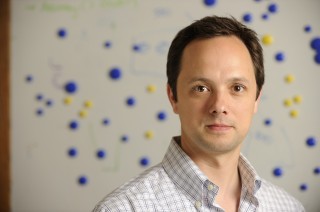
Justin Halberda, Professor
Dr. Justin Halberda directs the Vision and Cognition lab, and co-directs the Laboratory for Child Development with Dr. Lisa Figenson. He currently holds appointments in the Department of Psychological and Brain Sciences (primary) as well as the Department of Cognitive Science. His recent work in this lab is focused on the organization of visual attention and working memory, psychophysical modeling of the human approximate number system, and the semantics of logical vocabulary (e.g., quantifiers).
Curriculum Vitae231 Ames Hall
email: halberda@jhu.edu
Current Students
Caroline is a graduate student working with Dr. Halberda and Dr. Firestone. Caroline is interested in the relation between attention and experience, including how attentional capacities develop from childhood through adolescence and into adulthood. She spent her undergraduate and MA years at NYU in Marisa Carrasco's lab investigating performance field asymmetries and links between vision and touch.
email: cmyers60@jhu.edu

Caroline Myers
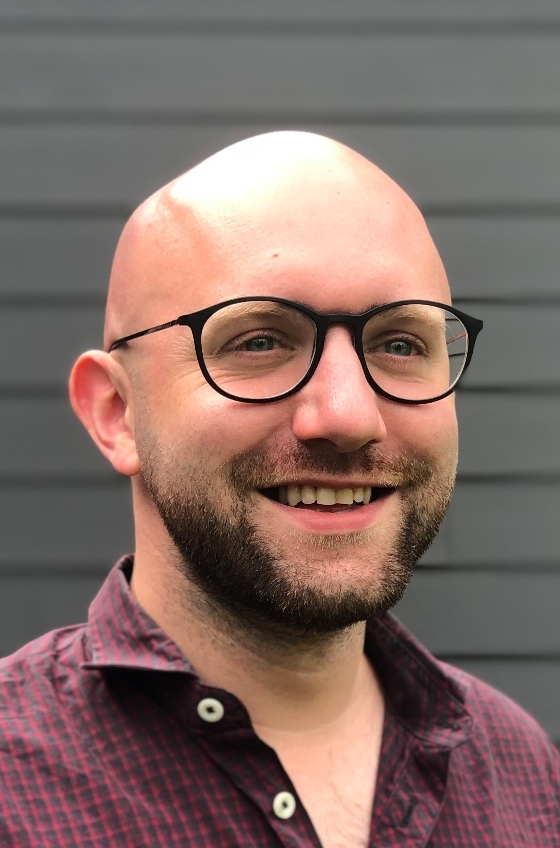
Nick Bisbee
Nick is a graduate student working with Dr. Halberda and Dr. Feigenson. He is interested in the structure of objects, part/whole relationships, and the development of number. Prior to graduate school, Nick studied neurobiology and behavioral neuroscience at UT Austin then spent several years teaching high-school physics (partly in collaboration with UT Austin).
email: nbisbee1@jhu.edu
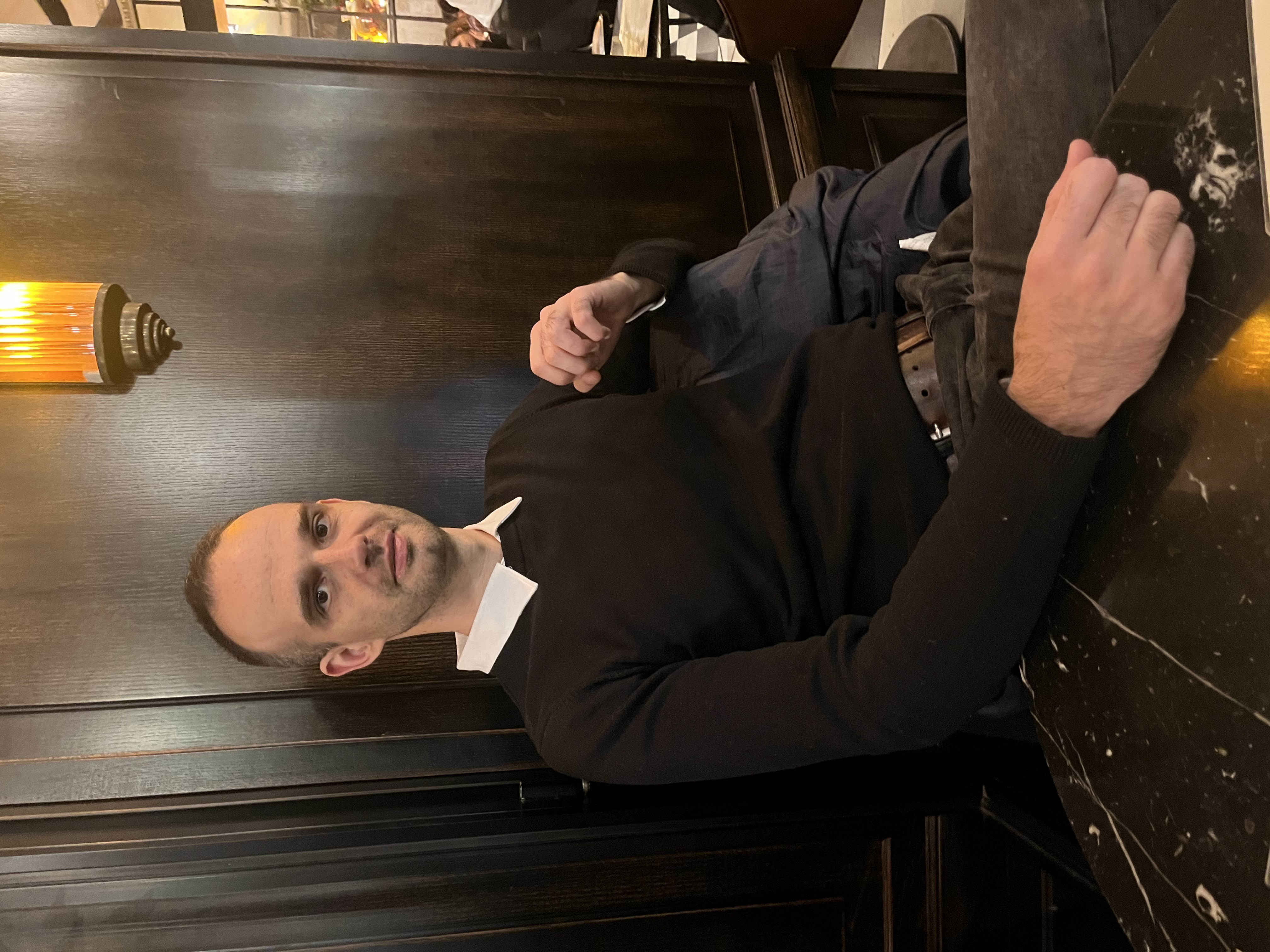
Peter Mazalik
Postdoctoral Fellows
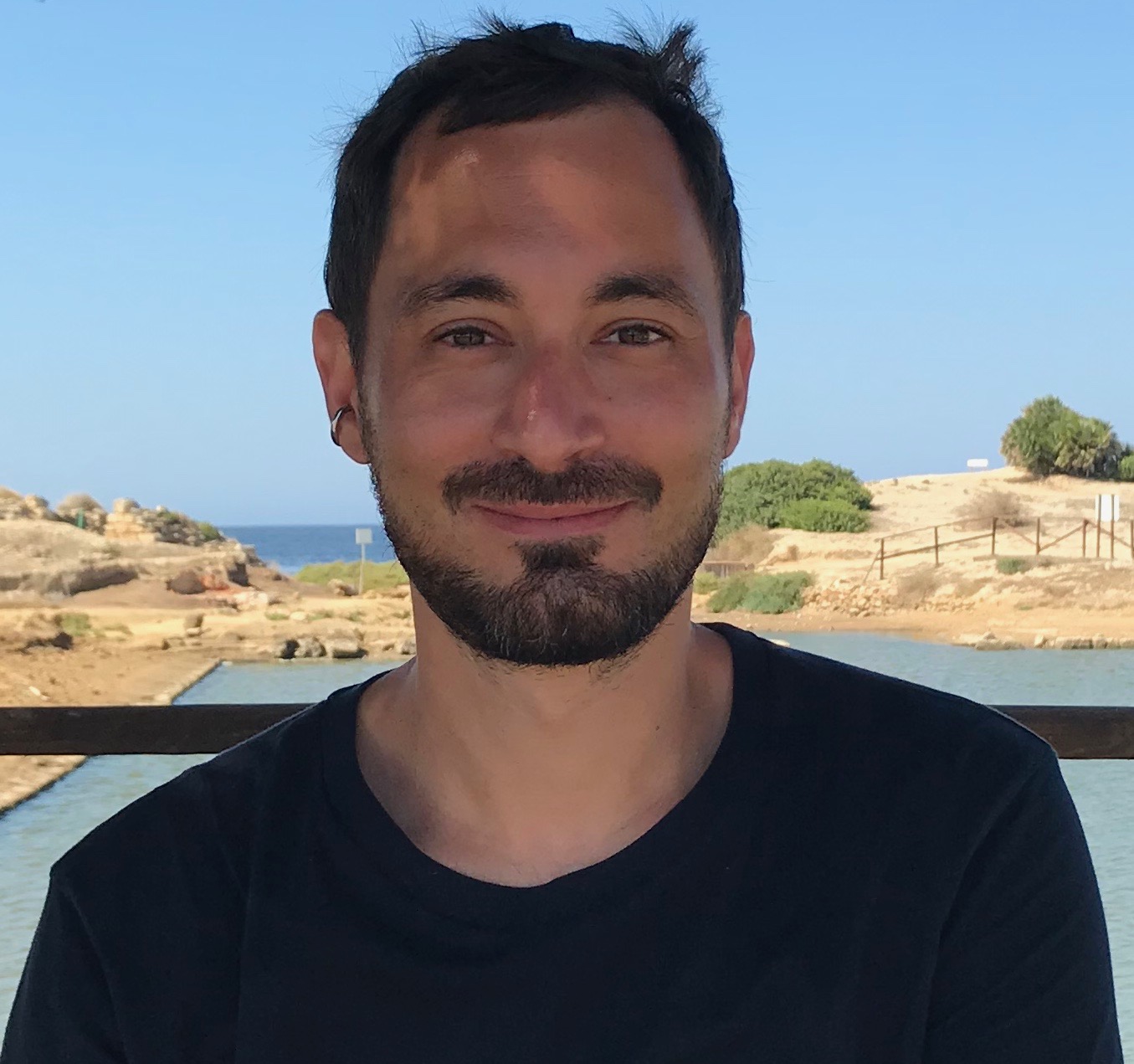
Nicolò Cesana Arlotti
Originally from Milan, Italy, Nicolò received his PhD in 2016 under Luca Bonatti at Universitat Pompau Fabra in Barcelona, Spain. He joined the Vision Lab in 2018 where he has continued his work on exploring the precursors of logical reasoning in infants. Since leaving Hopkins, Nicolò has become a Professor of Psychology at Yale University
email: ncesana1@jhu.edu
VCL Alumni
Emily worked with Dr. Halberda for her PhD on magnitude systems and the visual number sense using behavioral experiments and computational models. Upon graduating from Hopkins, Emily secured a Postdoc with Steven Piantadosi at Berkeley. Prior to graduate school, Emily studied psychology, math, and classical languages at Macalester College.
email: esanfor4@jhu.edu
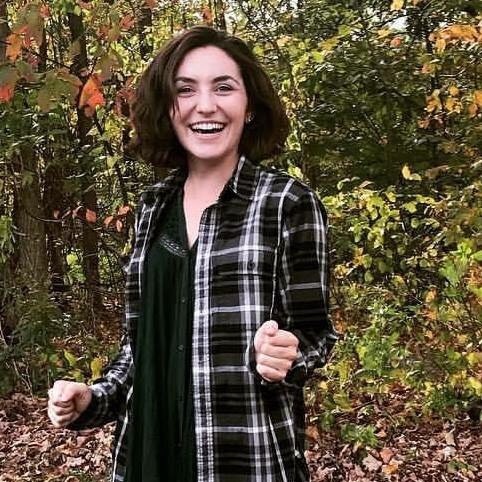
Emily Sanford

Qian Yu
Qian joined the lab in 2017 and worked with Dr. Halberda on questions related to the mechanisms underlying visual working memory. Her work on this topic included active collaborations with Dr. Firestone and Dr. Flombaum. Before arriving at JHU, Qian translated popular books (including Steve Jobs by Walter Isaacson!) and also worked in Ying-Yi Hong's Culture Lab at the Chinese University of Hong Kong where she explored the Uncanny Valley phenomenon.
email: qianyu@jhu.edu
Pat joined the lab in 2018, having studied applied math and cognitive science as an undergrad here at JHU. He was the lab manager for the VCL and for Prof. Chaz Firestone's Perception and Mind Lab until 2020, when he left to pursue a PhD in cognition and perception at New York University.

Pat Little
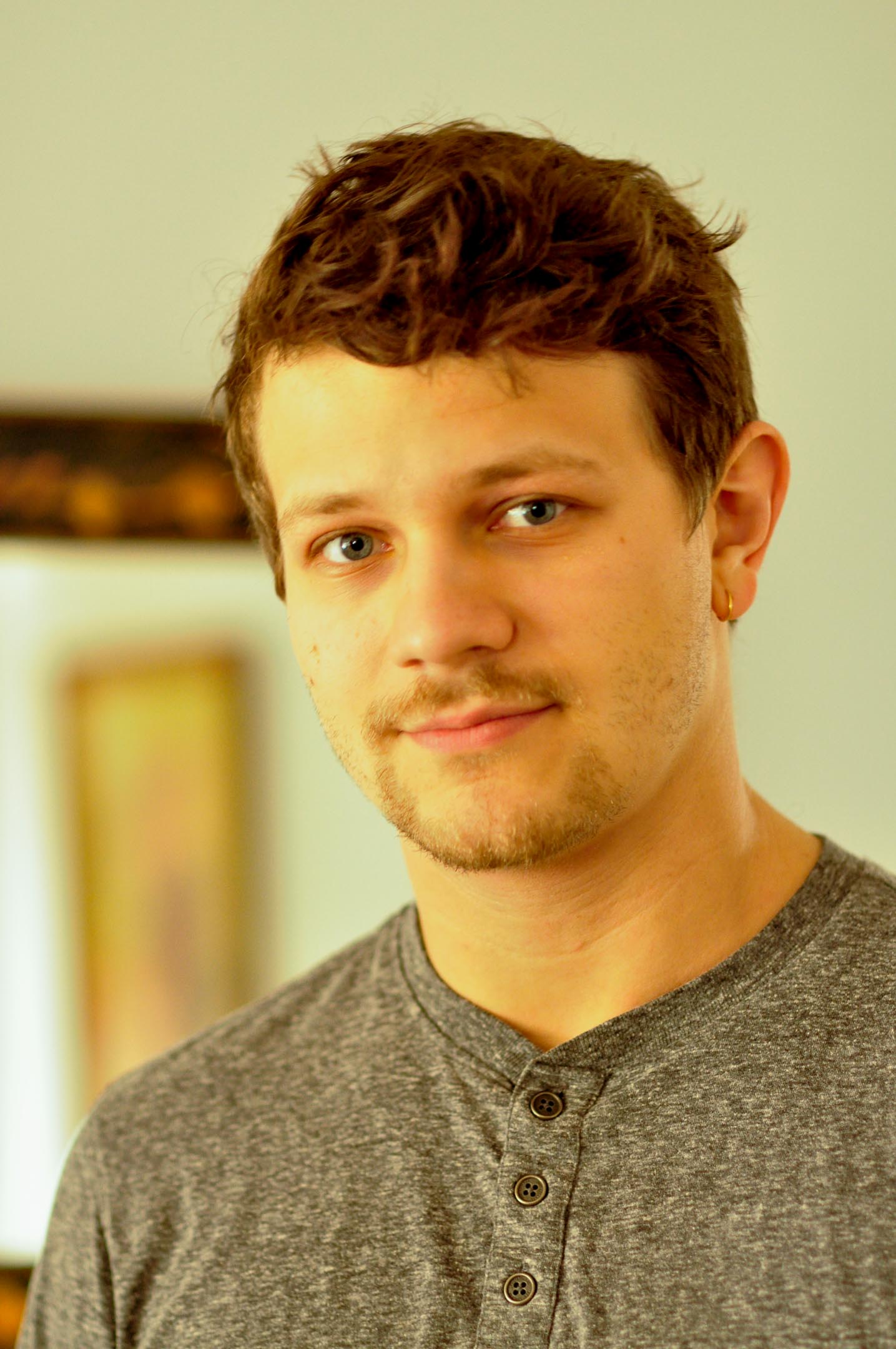
Josh Langfus
Josh graduated from Johns Hopkins in 2015 with undergraduate degrees in
Cognitive Science and Philosophy. Before working in the VCL, Josh spent a year
in Madrid, Spain teaching English to high school students as part of a Fulbright
grant. His interests include computational models, use of technology as a
vehicle for cognitive interventions, and the structure of concepts. He served as
lab manager from 2016 until 2018 when he left the lab to pursue a PhD in
clinical psychology at the University of North Carolina, Chapel Hill.
email: me@josh-langfus.com
Tyler graduated from Johns Hopkins in 2015 with a B.A. in Cognitive Science
and
served as the Lab Manager from 2014 to 2016. Currently, he's pursuing his PhD in
Linguistics at University of Maryland, College Park and is interested in
psycholinguistics, semantics, and language acquisition. Check out his Personal Website
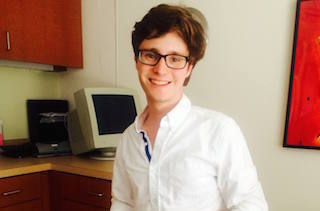
Tyler Knowlton
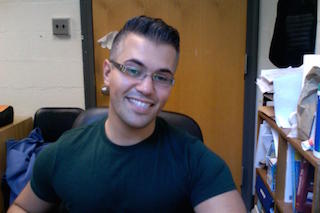
Hrag Pailian
Hrag defended his dissertation, "Costs of Manipulating Information in Visual Working Memory" in July 2015. In it, he focused on the following questions: is the limit for manipulating information independent of that for storing information and are original representations updated or do they remain separate once they have been subjected to a given computation? To this end, he has developed a novel method - the Flicker paradigm - which allows for storage constraints to be studied within the context of how VWM is flexibly used in the real world. He is currently a Postdoctoral fellow under George Alvarez in Harvard's Vision Sciences Laboratory. Check out his Personal Website
Dr. Darko Odic was a graduate student in the lab from 2009 to 2014. He
defended his dissertation, "Objects and Substances in Vision, Language, and
Development",
in 2014. He's currently an Assistant Professor in the Department of Psychology at
the University of British Columbia, where he is the PI of the Centre for Cognitive
Development. Check out his Personal Website
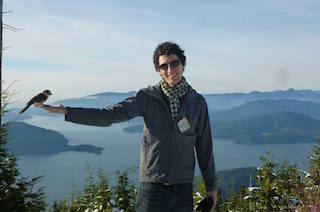
Darko Odic
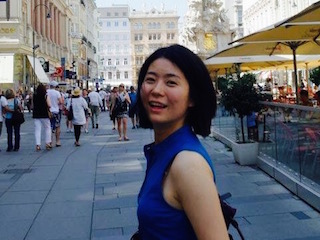
Hee Yeon Im
Dr. Hee Yeon Im defended her dissertation, "An exploration of ensemble
visual processing through perception, attention, and memory", in 2013. Since then,
she has worked as a Postdoctoral fellow in the Song lab at Brown University and is
currently a Postdoctoral fellow in the Kveraga Lab at Harvard Medical School.
Dr. Melissa Libertus was a Postdoctoral fellow in the lab from 2010-2013.
Currently, she is a Professor in the Psychology department at
University of Pittsburgh, where she directs the Kids' Thinking Lab. Check out her
Lab Website

Melissa Libertus, Professor

Robert Eisinger
Robert graduated from Johns Hopkins in 2013 with a B.S. in Computer Science
and fearlessly managed the lab for 3 years. He is currently pursuing a joint
MD/Ph.D. at the University of Flordia College of Medicine.
Dr. Ryan Ly graduated from Johns Hopkins with a B.A. in Neuroscience and an M.S.E. in Computer Science and served as the lab's inaugural manager and project manager for Panamath. He was in the lab from 2007 to 2011. After leaving the lab, he received his Ph.D. in neuroscience from Princeton University, where he studied the role of the pulvinar nucleus of the thalamus in visual attention. He is now a research software engineer at Lawrence Berkeley National Laboratory and is the technical lead of the Neurodata Without Borders project, which provides a data standard and software ecosystem for neurophysiology.
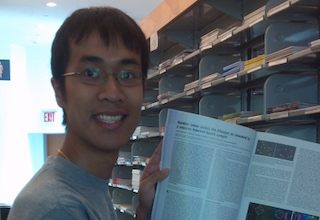
Ryan Ly
Visitors
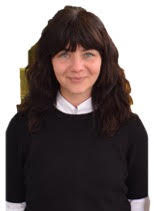
Antonella Pome
Antonella is a post doc researcher at Heinrich Heine University, Duesseldorf (Germany) who joined our lab in 2019 during her graduate studies. She worked with Prof. Halberda on number estimation and visual attention. Her research is now focused on priors and predictions in visual behaviour in normal and pathological development (with particular interest to the Autism Spectrum Disorder), using investigation techniques based on psychophysics, eye movement recordings, pupillary activity and virtual reality.
Camilo came from Chile to visit the lab. With us, he worked on proportional reasoning in children and adults which lead to 2 publications. Currently Camilo is studying the development of pretend play (also called symbolic play) in infants and children. The goals include understanding the mechanisms of pretense comprehension and to what extent pretense links with other abilities including Theory of Mind and language. He combines behavioral (eye-tracking) and modeling approaches, and plans to conduct neural assessments. Camilo works at the National Center for Artificial Intelligence in Chile, where he’s been promoting research in play. In parallel, he’s been working to foster scientific education in young kids, by designing and implementing programs with active approaches to learning.
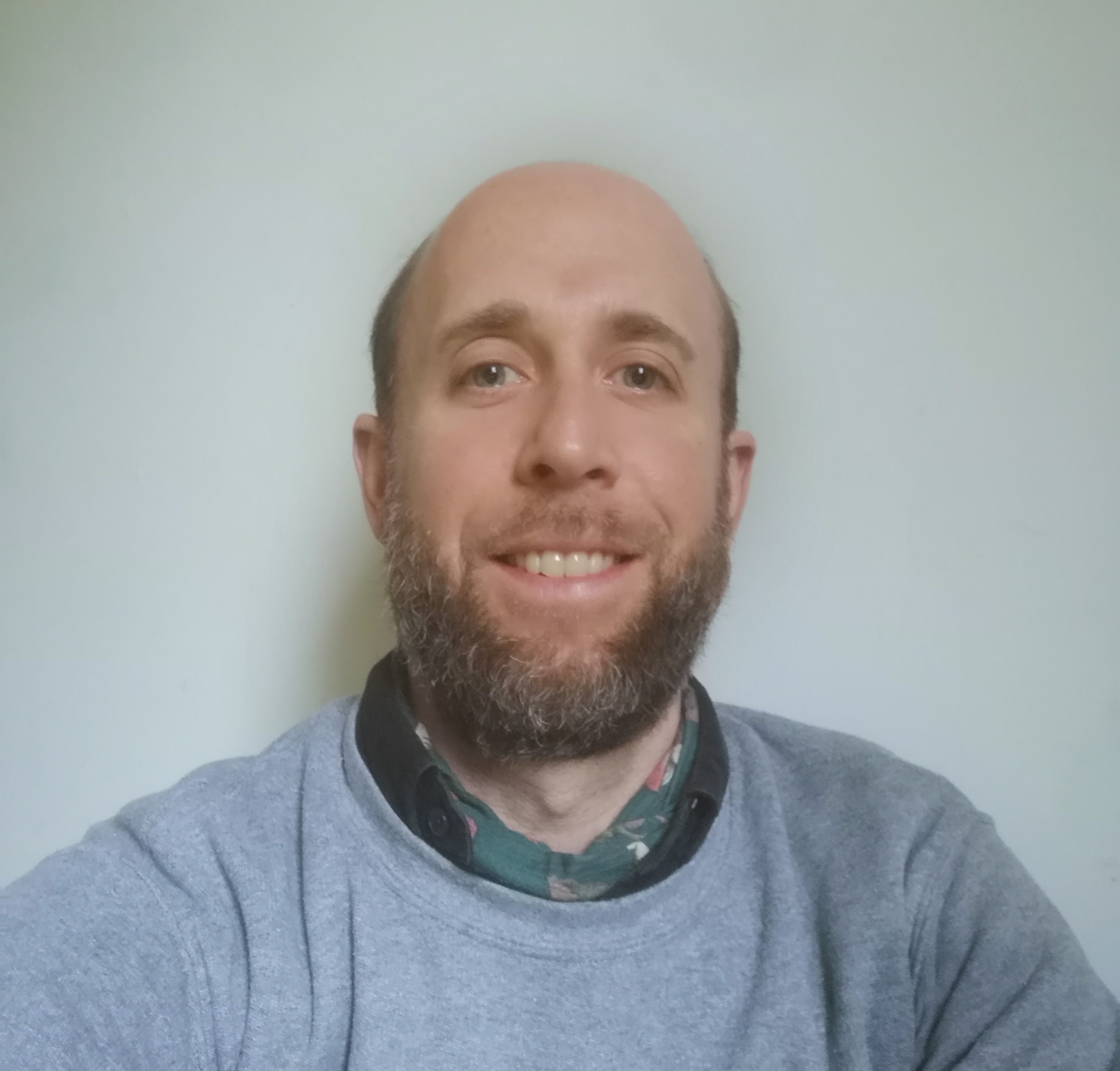
Camilo Gouet
☞ And countless undergraduate research assistants, programmers,
and collaborators who've contributed to our success over the years! ☜